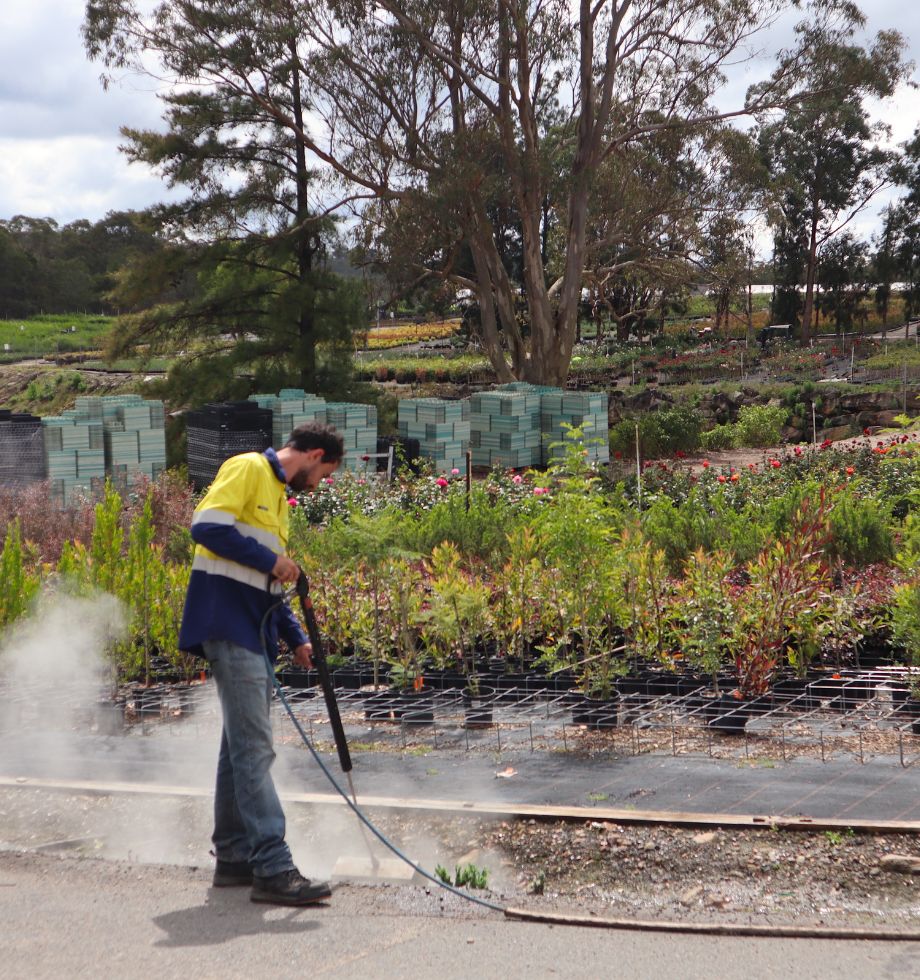Glyphosate, the active ingredient in many popular herbicides, has become a subject of growing concern due to its potential harmful effects on human health and the environment. Recent research has shed light on the dangers associated with this widely used chemical, prompting a call for safer alternatives.
 Neurotoxic Effects of Glyphosate
Neurotoxic Effects of Glyphosate
Glyphosate and its commercial formulations have been shown to produce detrimental effects on the human nervous system1. Studies have revealed that this herbicide can cross the blood-brain barrier, leading to various short-term and long-term neurological disturbances1.
Impaired Cognitive Function
Research has found a positive association between exposure to glyphosate-based herbicides (GBH) and visual memory impairment1. This suggests that prolonged exposure to these chemicals may have significant impacts on cognitive abilities.
Increased Risk of Autism Spectrum Disorder
Prenatal and infant exposure to GBH has been linked to an increased risk of autism spectrum disorder1. Moreover, exposure during childhood appears to heighten the risk of developing more severe impairments with comorbid intellectual disability1.
Cellular Damage
In vitro studies using human cell lines have demonstrated that glyphosate, especially when combined with other formulants, can inhibit cell proliferation1. This raises concerns about the potential long-term effects of exposure on cellular health and development.
Environmental Persistence
Contrary to initial beliefs, glyphosate can persist in the environment for extended periods. In soil, its half-life can range from 1 to 280 days, while its main metabolite can persist for up to 958 days1. This prolonged presence in the environment increases the risk of chronic exposure for both humans and wildlife.
The Need for Safer Alternatives
Given the mounting evidence of glyphosate’s harmful effects, it is crucial to consider safer alternatives for weed control. One such alternative is steam weeding, a method championed by companies like Weedtechnics.
Benefits of Steam Weeding
 Steam weeding offers several advantages over chemical herbicides:
Steam weeding offers several advantages over chemical herbicides:
- Environmental Safety: Unlike glyphosate, steam weeding leaves no chemical residues in the soil or water.
- Human Health: It eliminates the risk of chemical exposure for both operators and the general public.
- Long-term Effectiveness: Steam weeding can provide longer-lasting results by killing weeds down to the roots.
- Versatility: It can be used in various settings, including urban areas, parks, and agricultural lands.
- Resistance-Free: Weeds cannot develop resistance to heat, unlike chemical herbicides. And this is perfectly efficient for herbicide resistant weeds.
Conclusion
The widespread use of glyphosate poses significant risks to human health and the environment. As we become more aware of these dangers, it is imperative to transition towards safer, sustainable weed control methods. Steam weeding, as offered by companies like Weedtechnics, represents a promising alternative that can effectively manage weeds without compromising health or environmental safety.By choosing alternatives like steam weeding, we can protect our health, preserve our ecosystems, and create a safer environment for future generations. It’s time to reconsider our reliance on potentially harmful chemicals and embrace innovative, eco-friendly solutions for weed control.1 Costas-Ferreira, C., Durán, R., & Faro, L.R.F. (2022). Toxic Effects of Glyphosate on the Nervous System: A Systematic Review. International Journal of Molecular Sciences, 23(9), 4605.

